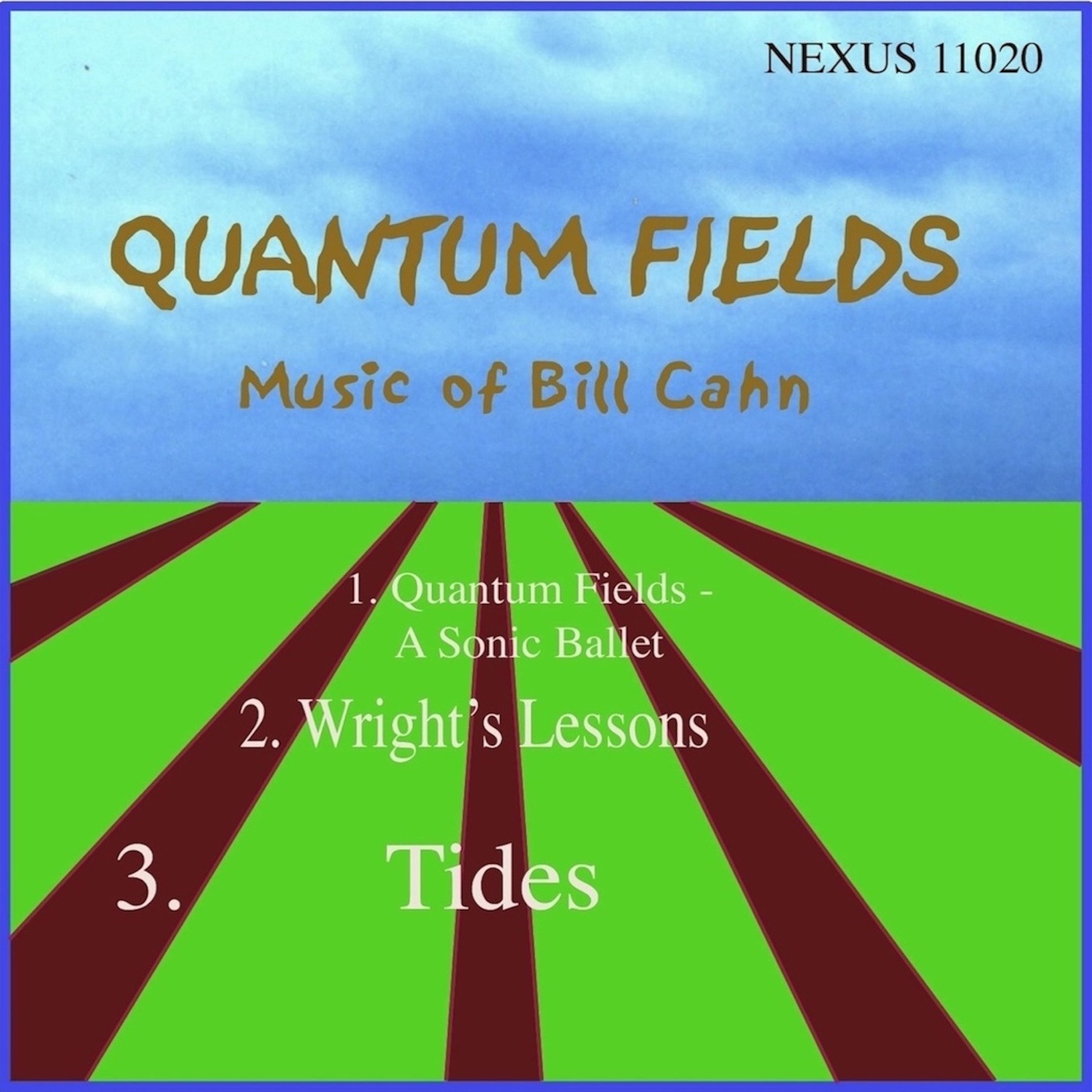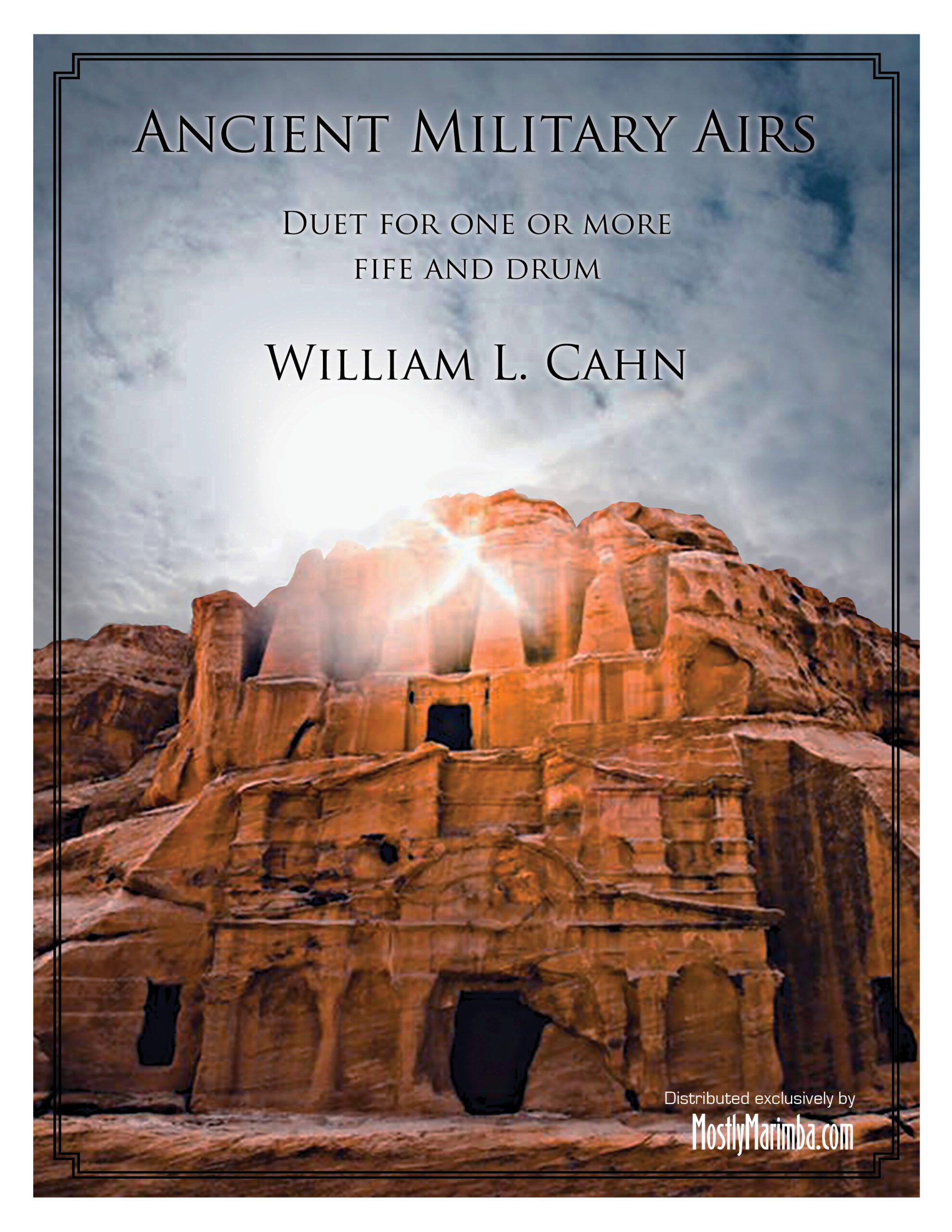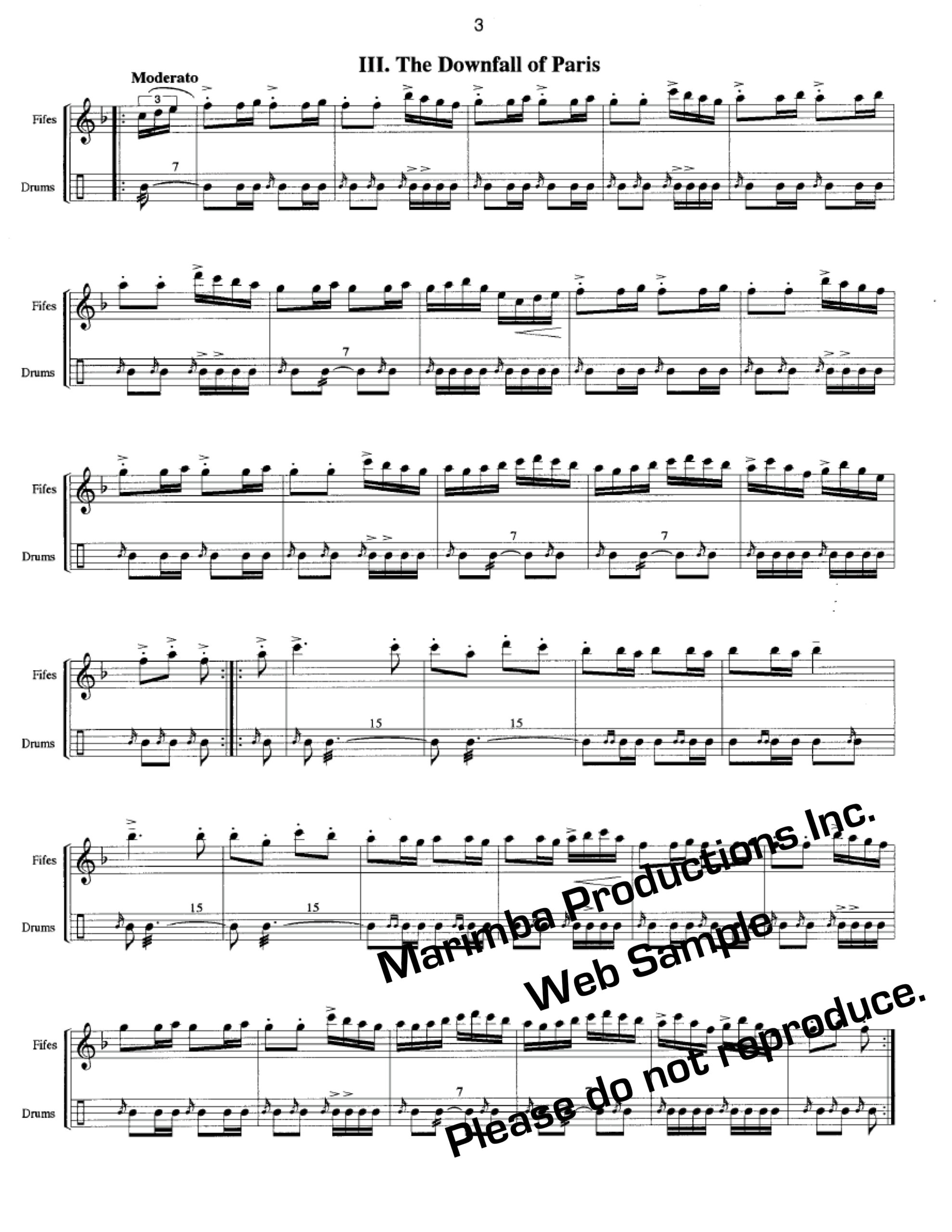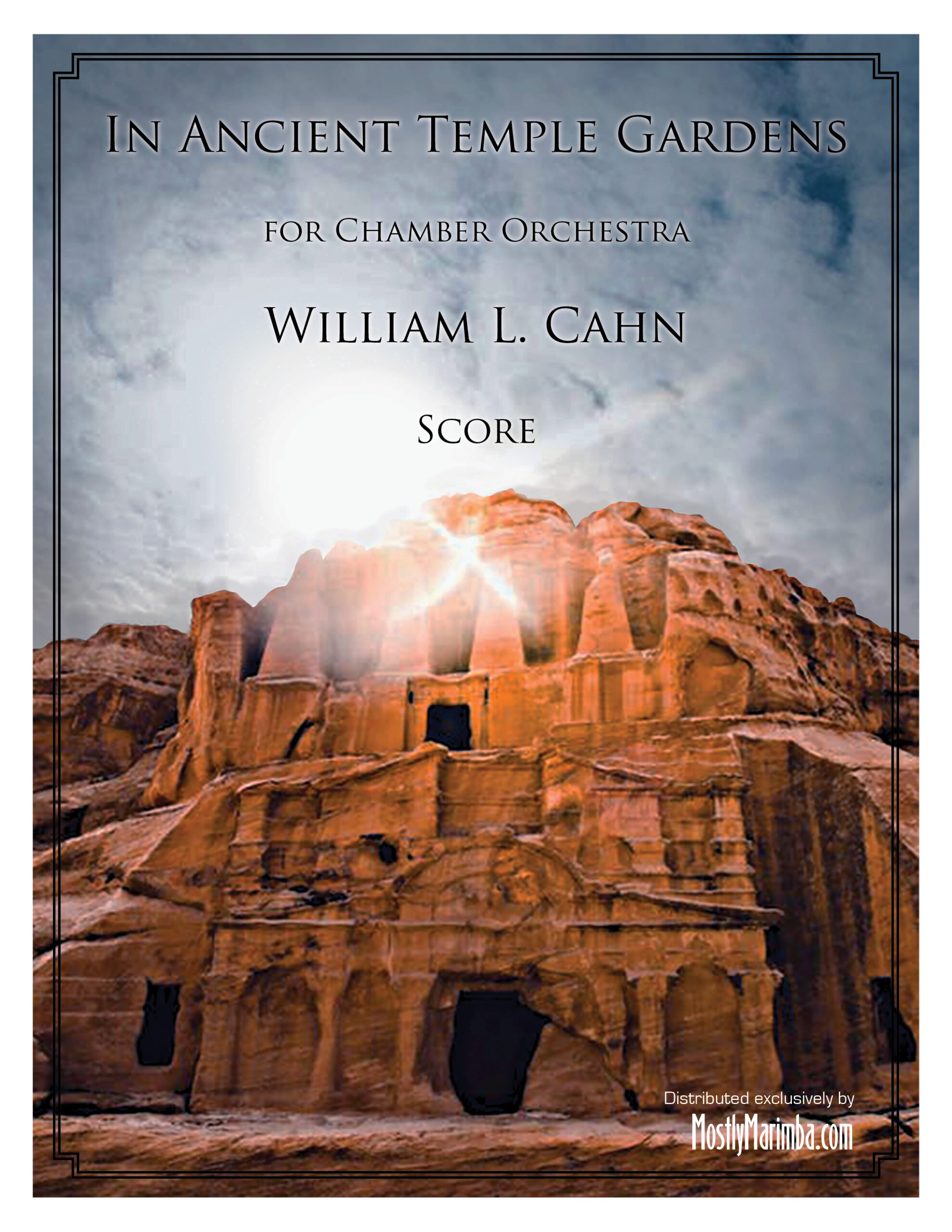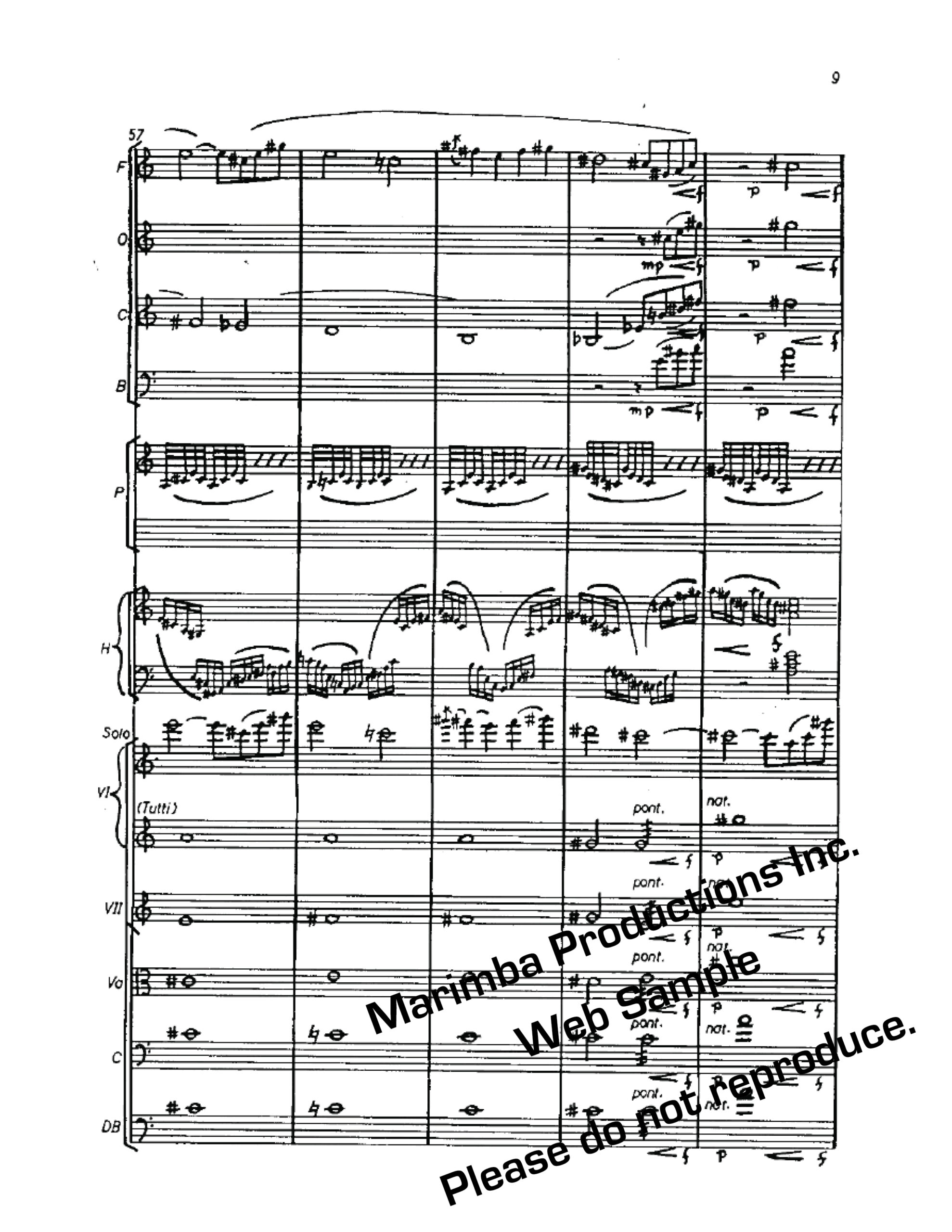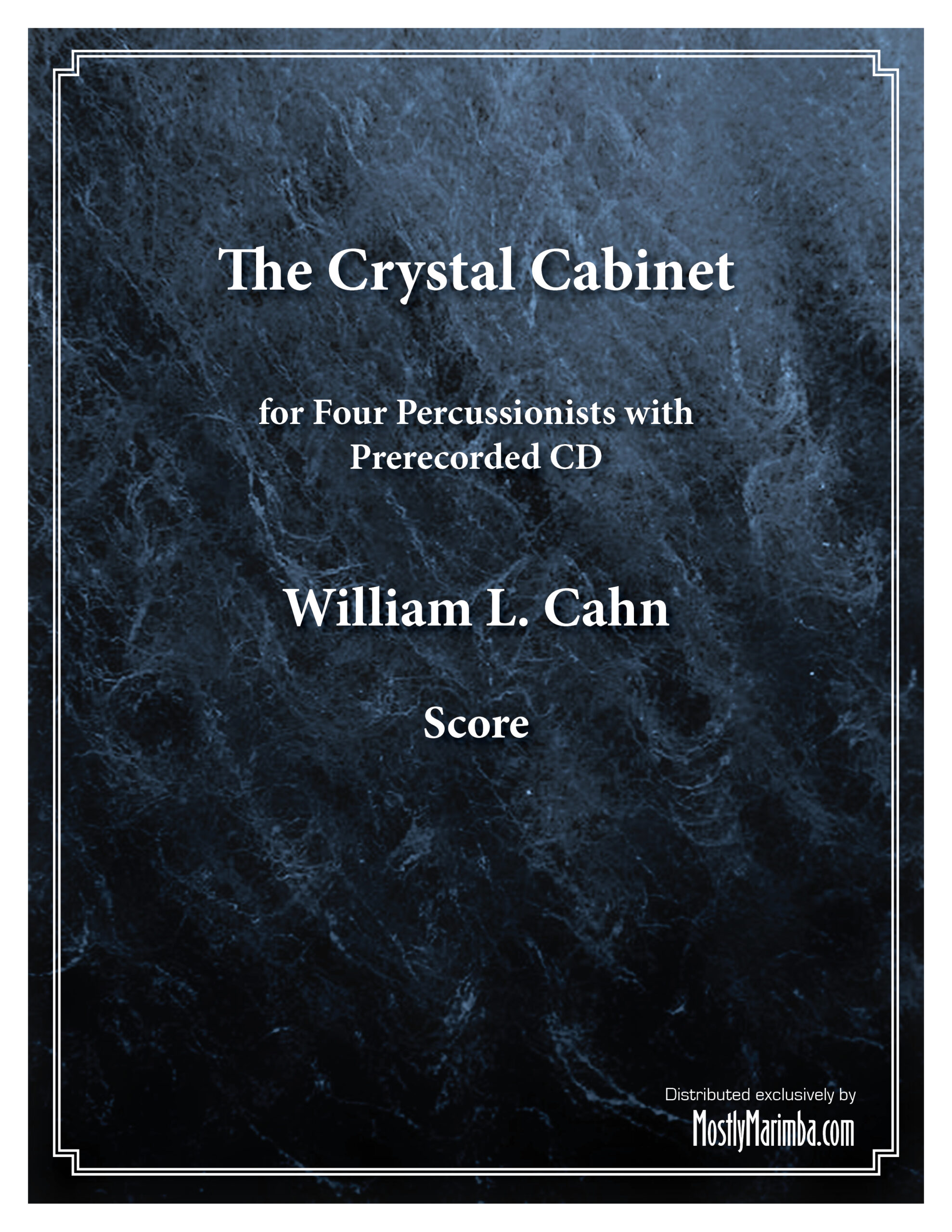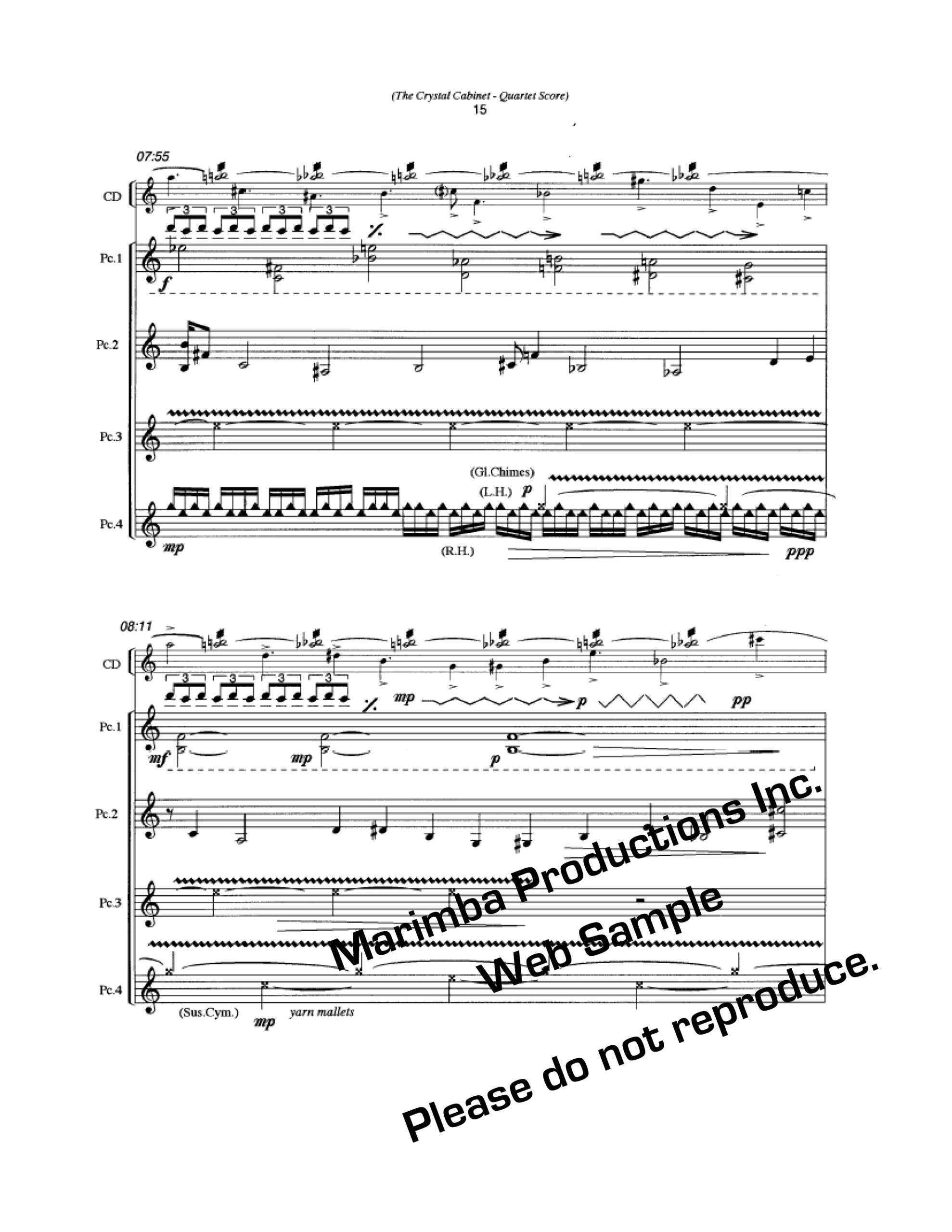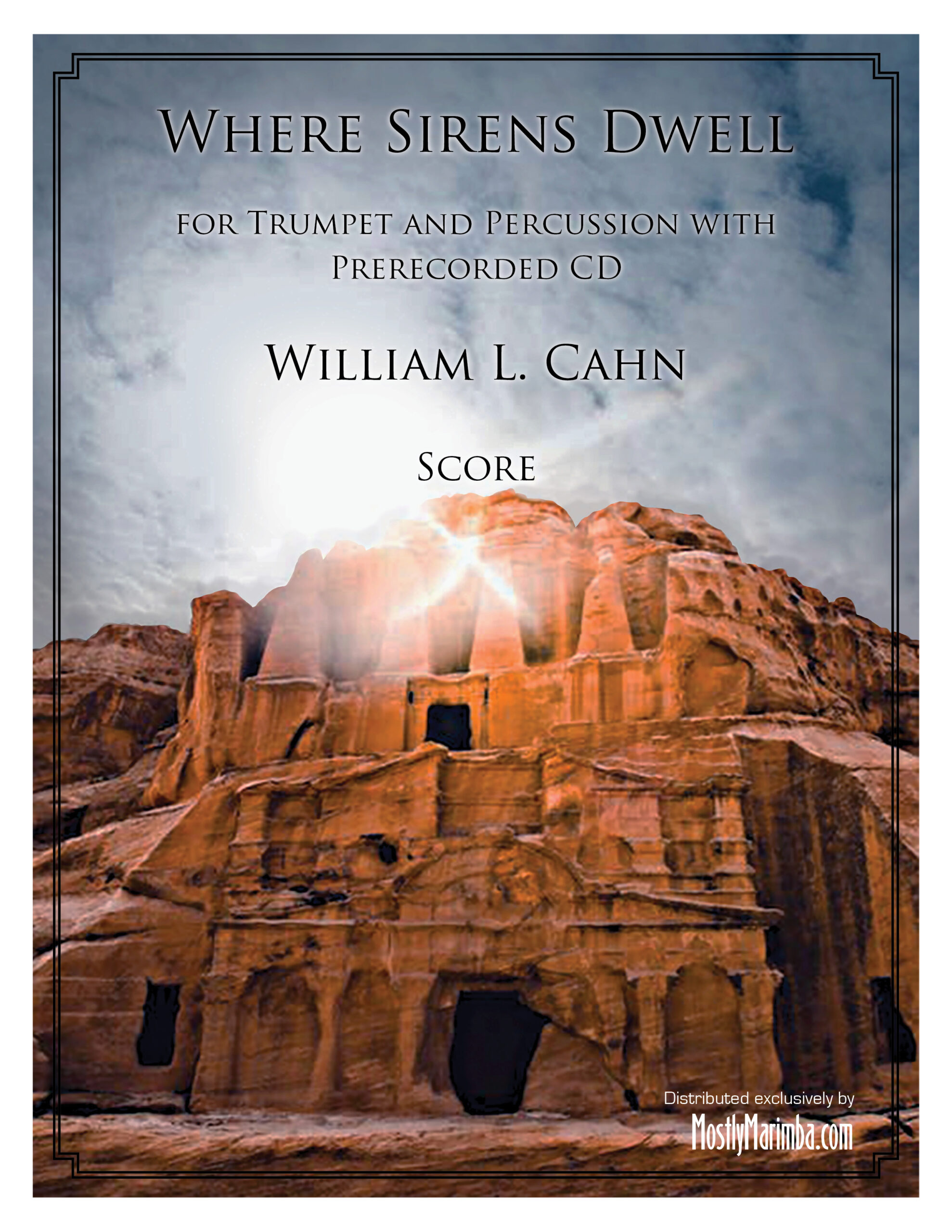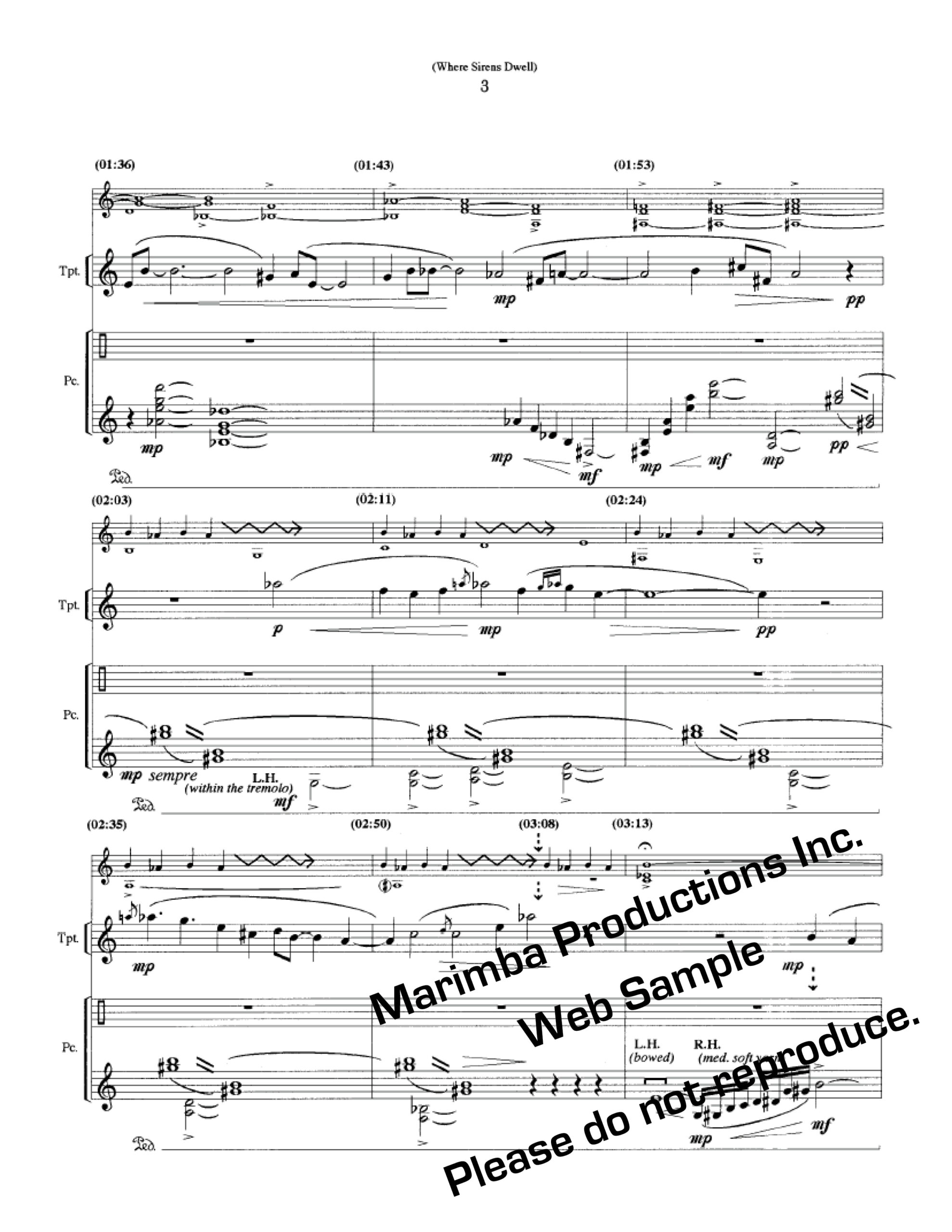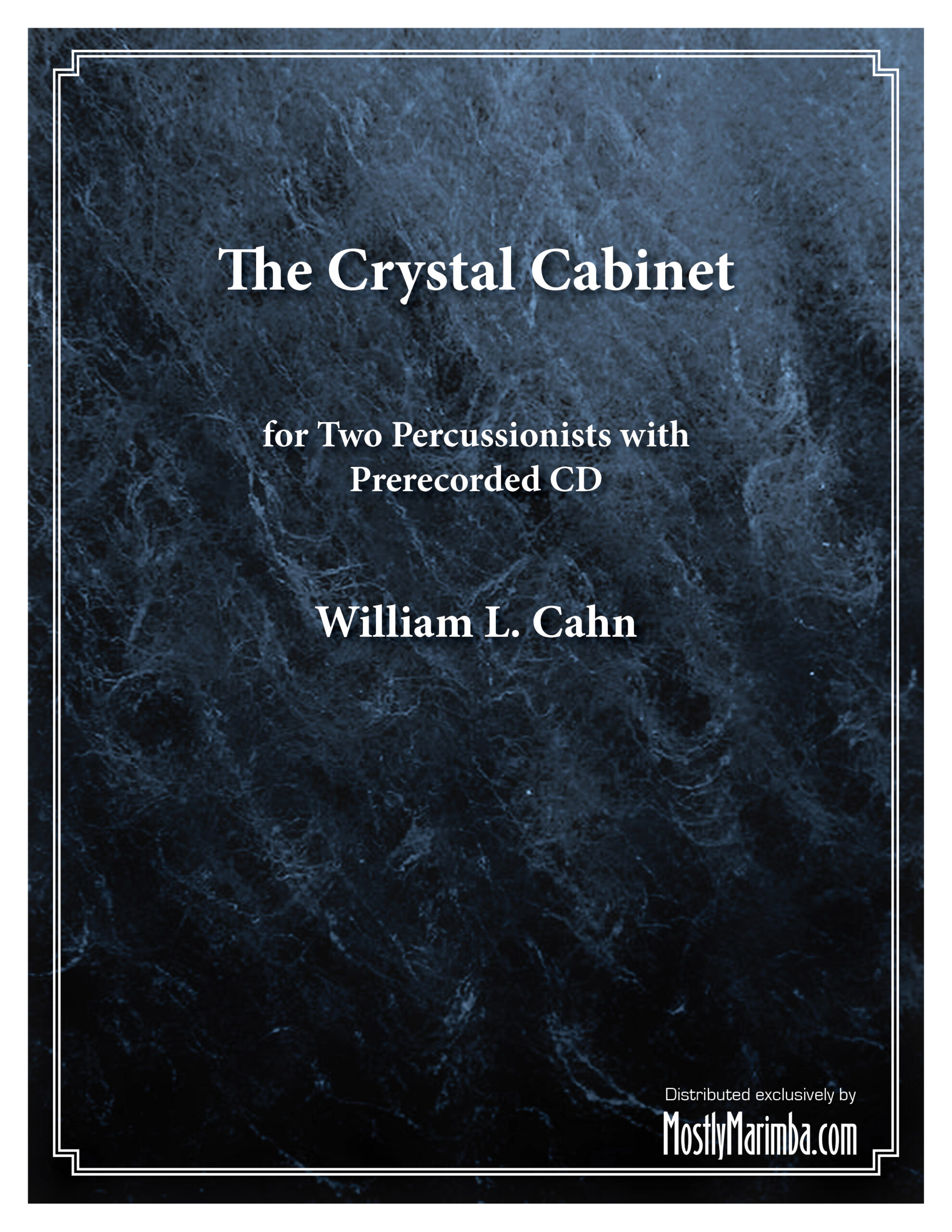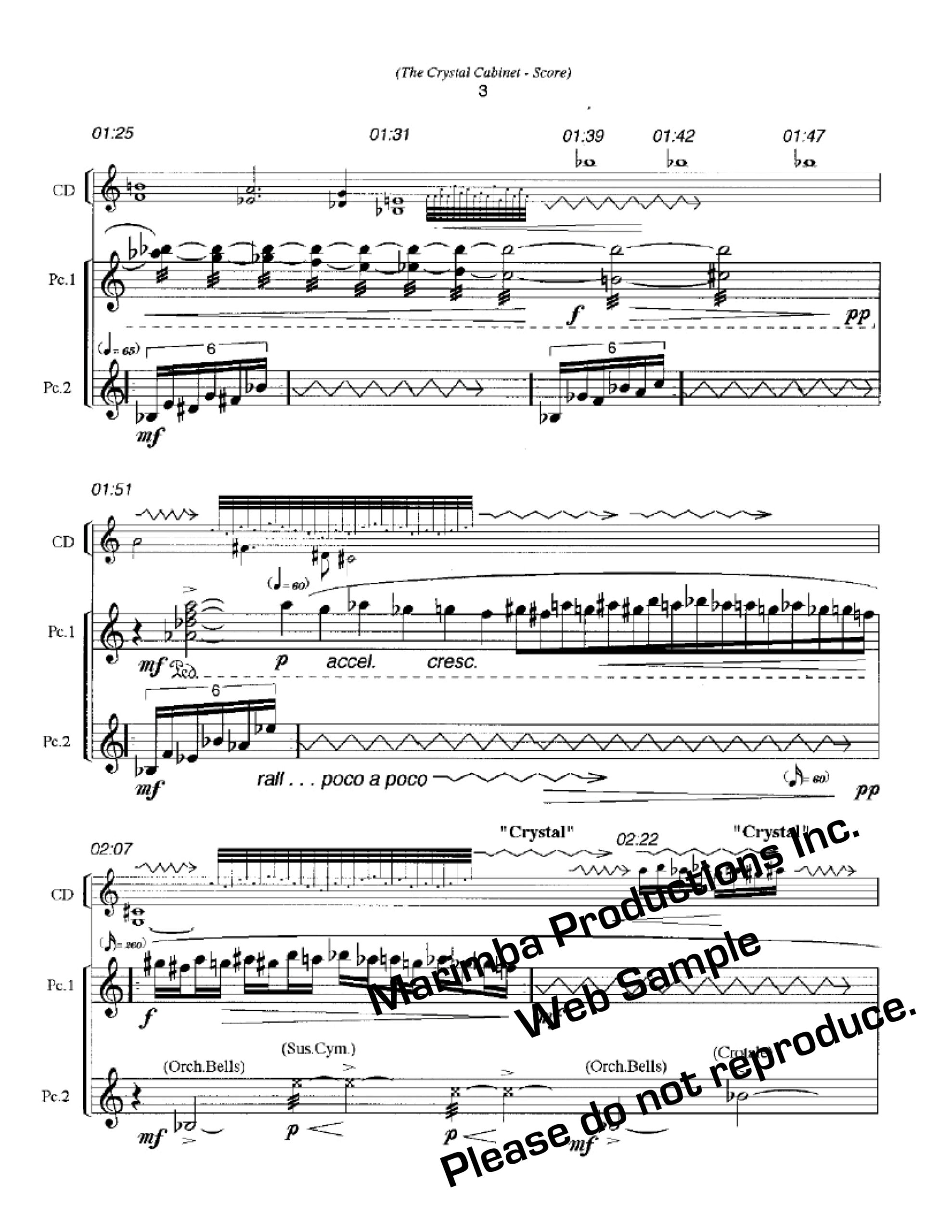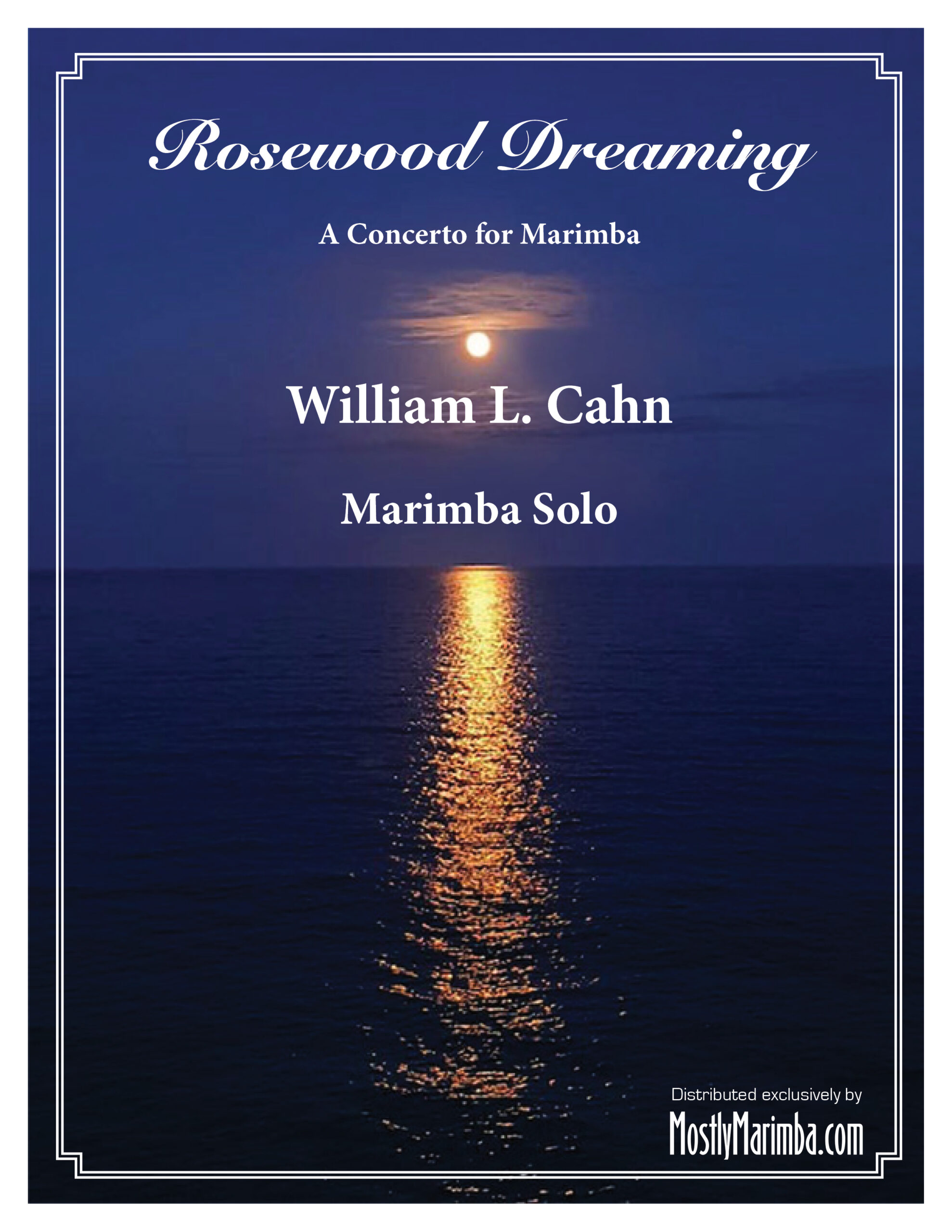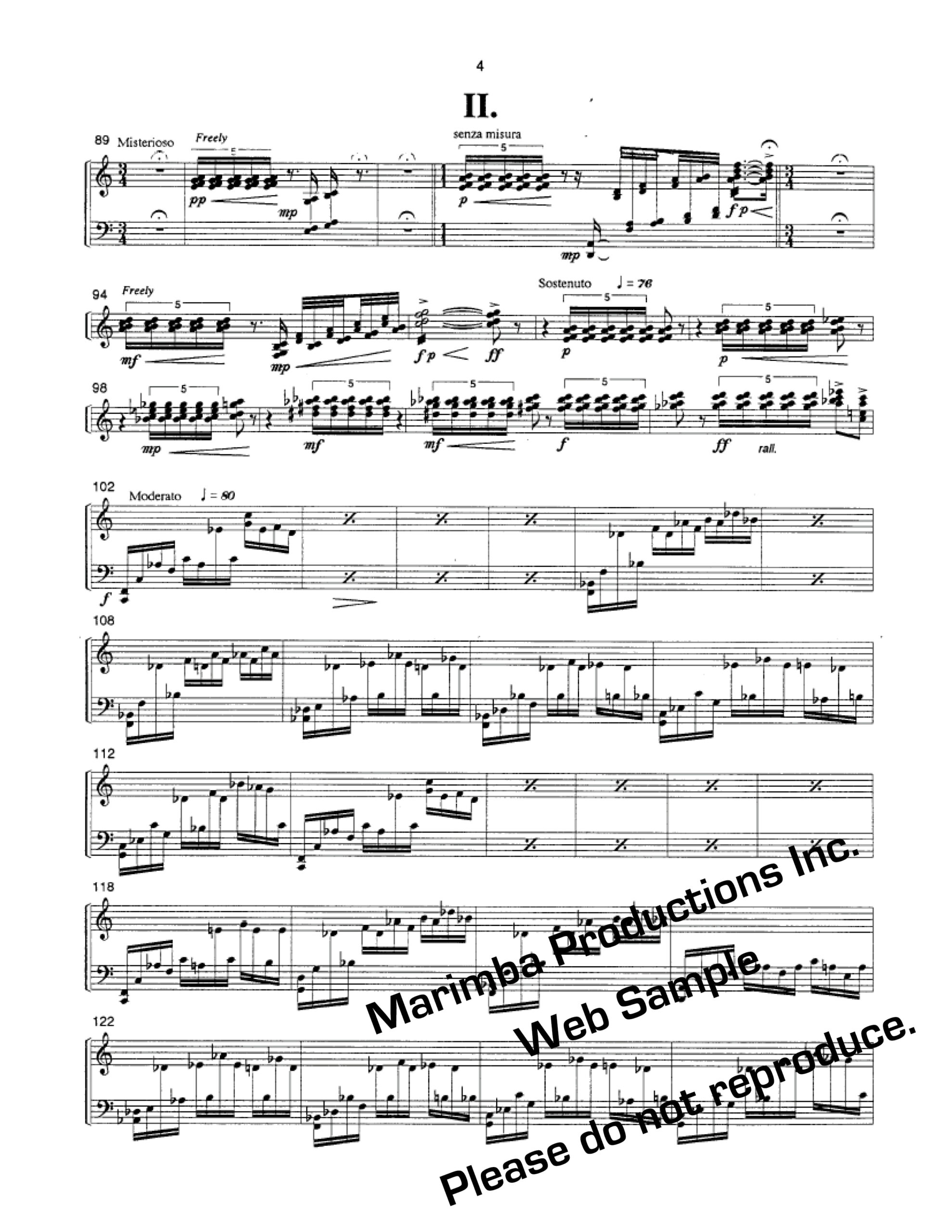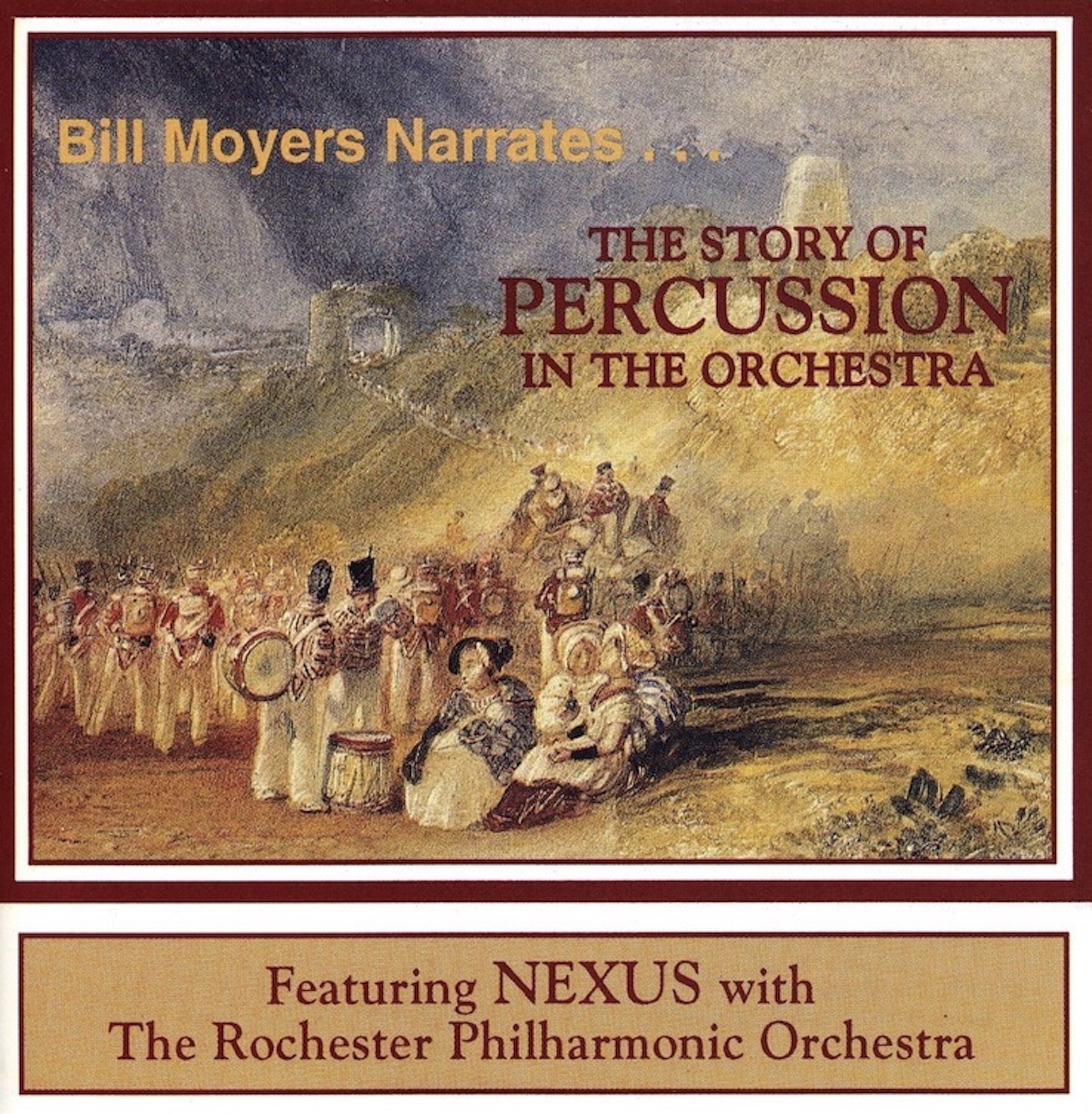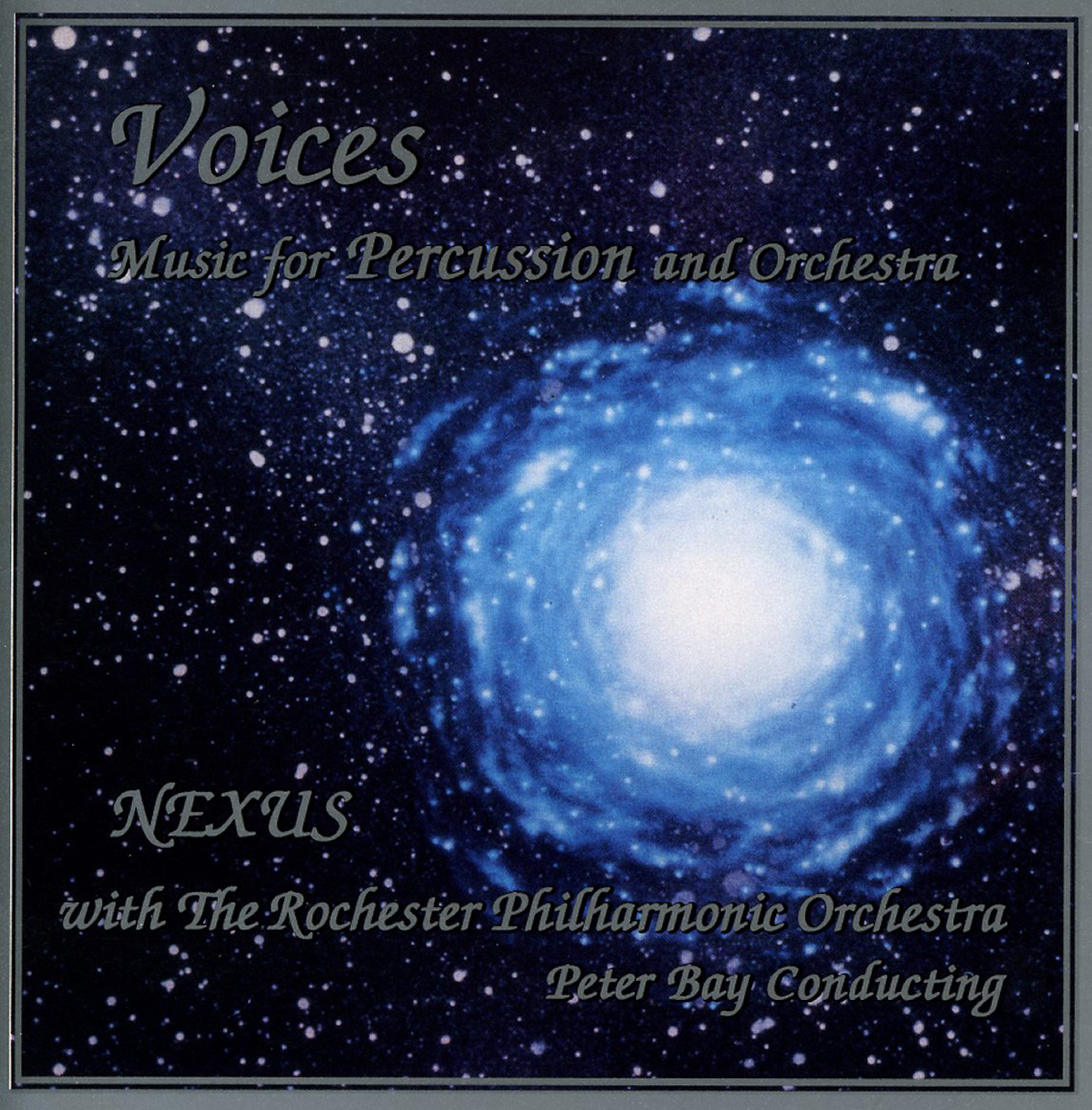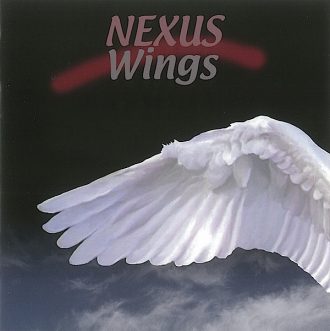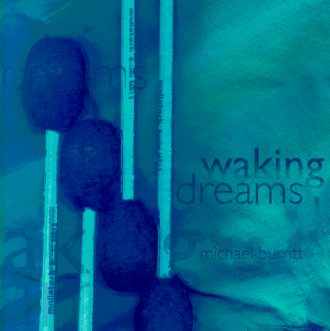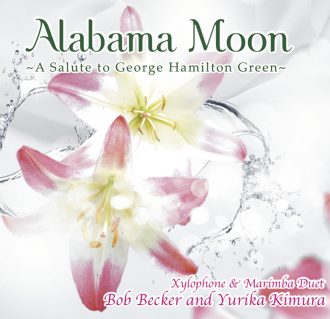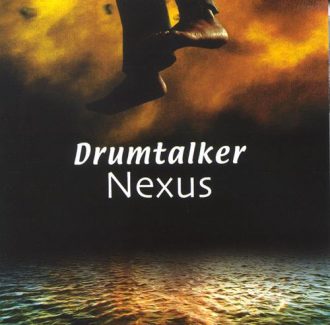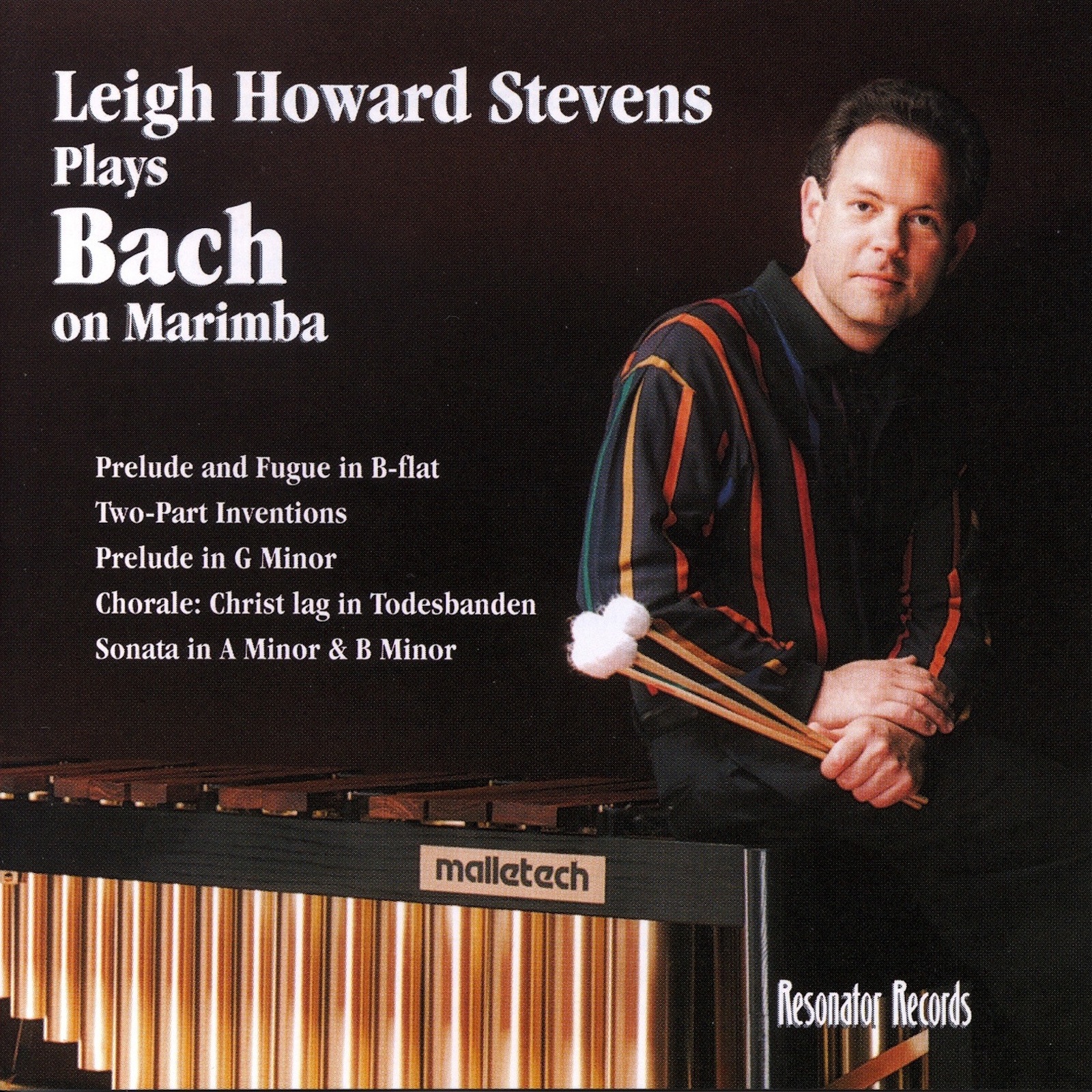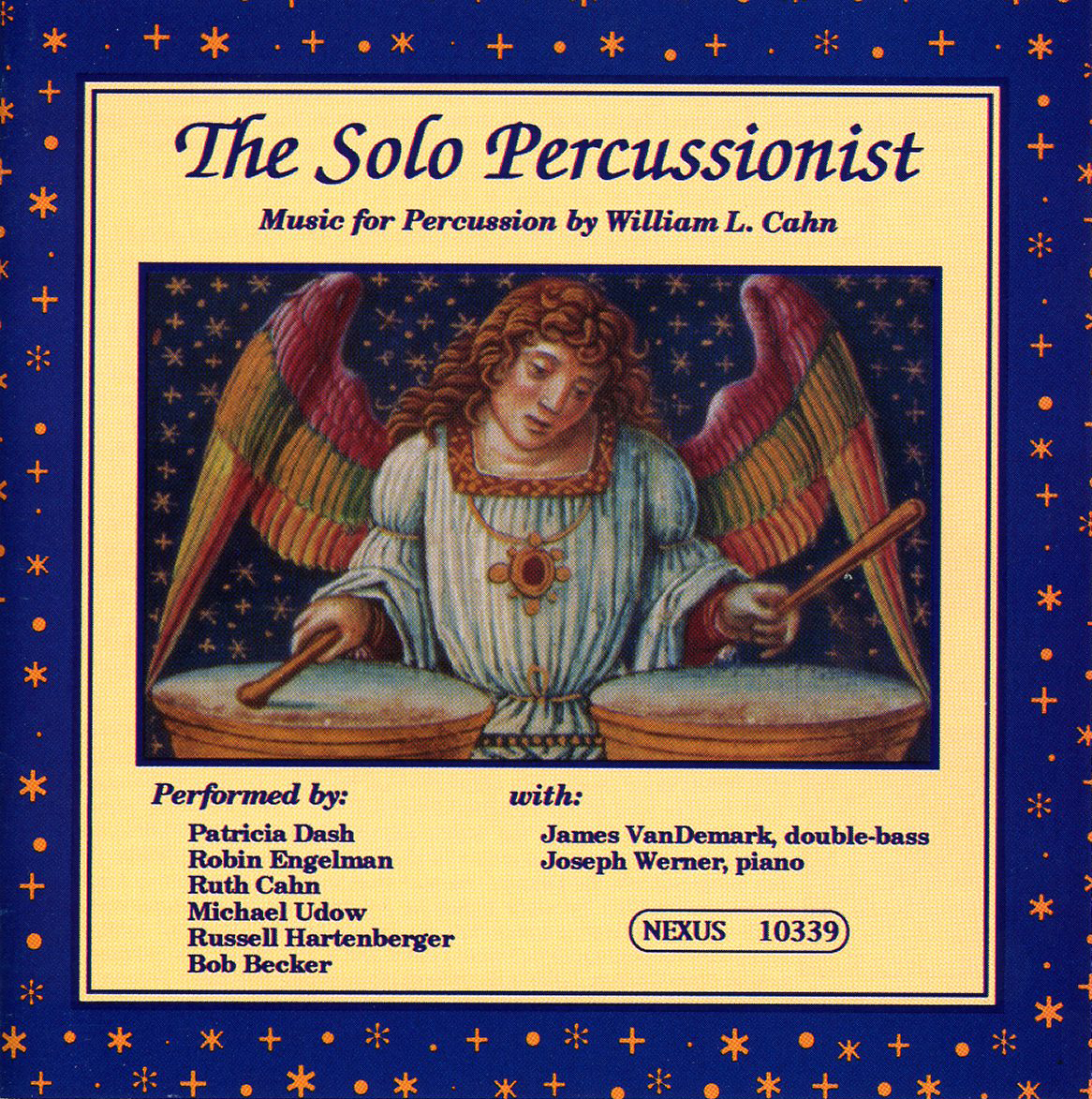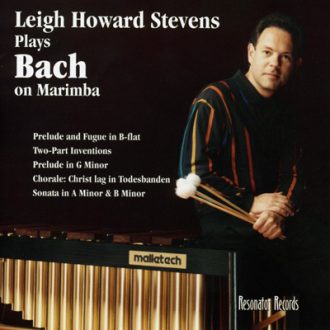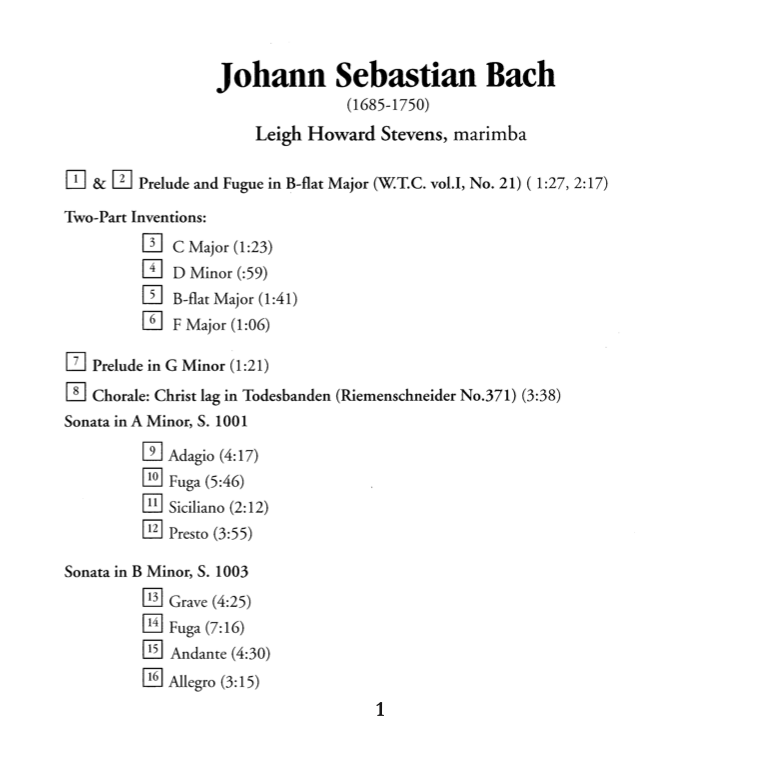Click here to download liner notes.
Quantum Fields is featured on the CD, “Quantum Fields”.
All of the sounds in Quantum Fields – A Sonic Ballet were performed acoustically on a variety of percussion instruments, consisting mostly of Asian bells, gongs, and metal tubes. The title comes from a fascination with the strangeness of the cosmological concepts on the nature of the universe in quantum field theory.
In quantum field theory, all of the space in the universe is thought to consist fundamentally of invisible fields – quantum fields – filled with vibrations which, when observed, are perceived as particles. At the most fundamental level, everything in the universe is made of fields which have the potential to vibrate locally as particles.
The concept of all space existing primarily as fields of vibration seemed to me to be analogous to vibrations in air that are perceived as sounds – including musical sounds. Sounds are not physical things; they are vibrations of the air (or other medium) in which human beings are immersed.
Over two-thousand years ago, a philosophical/cosmological concept was proposed by the Greek mathematician, Pythagoras. The concept became known as Music of the Spheres. Through experimentation Pythagoras discovered profound numerical relationships within the musical tones produced by vibrating strings. To him the discovery of these relationships was a revelation into the nature of the universe, with mathematics providing a unifying structure that could also be applied to his observations of the regular movements of stars and planets in the sky. The periodic cycles of heavenly bodies moving through the sky could be conceived as analogous to the relationships within tones produced by vibrating strings – heavenly music.
In both the ancient and the modern (quantum) conceptions of the universe, the medium of an observer is required. In quantum mechanics, observed particles are fundamentally different from what really exists (vibrations). Similarly, for sounds (vibrations) to be considered as music, they must be heard and consciously or subconsciously interpreted as music by a listener.
Both quantum field theory and the music of Quantum Fields – A Sonic Ballet invite listeners to seek insights into their own perceptions by venturing into strange and unfamiliar conceptual territories.

